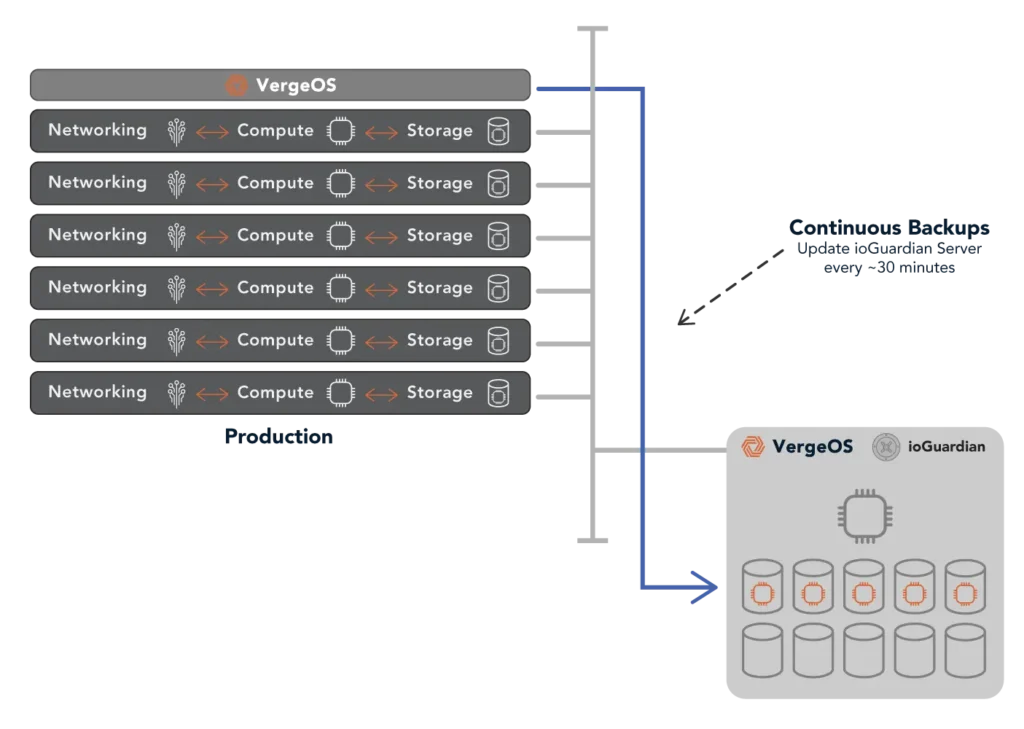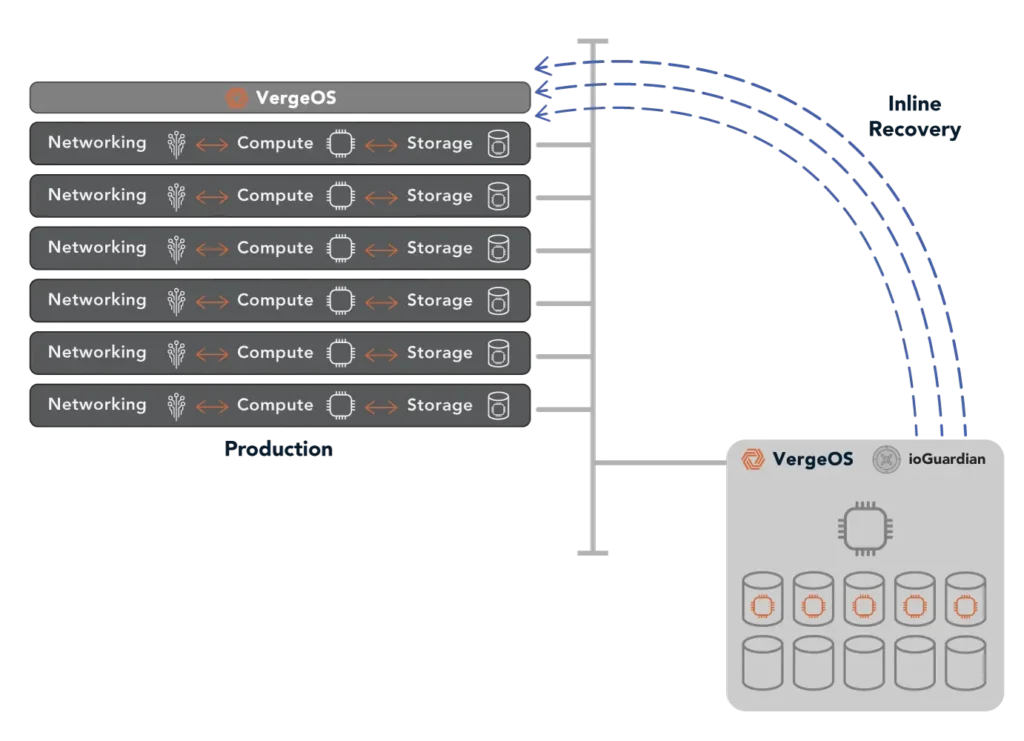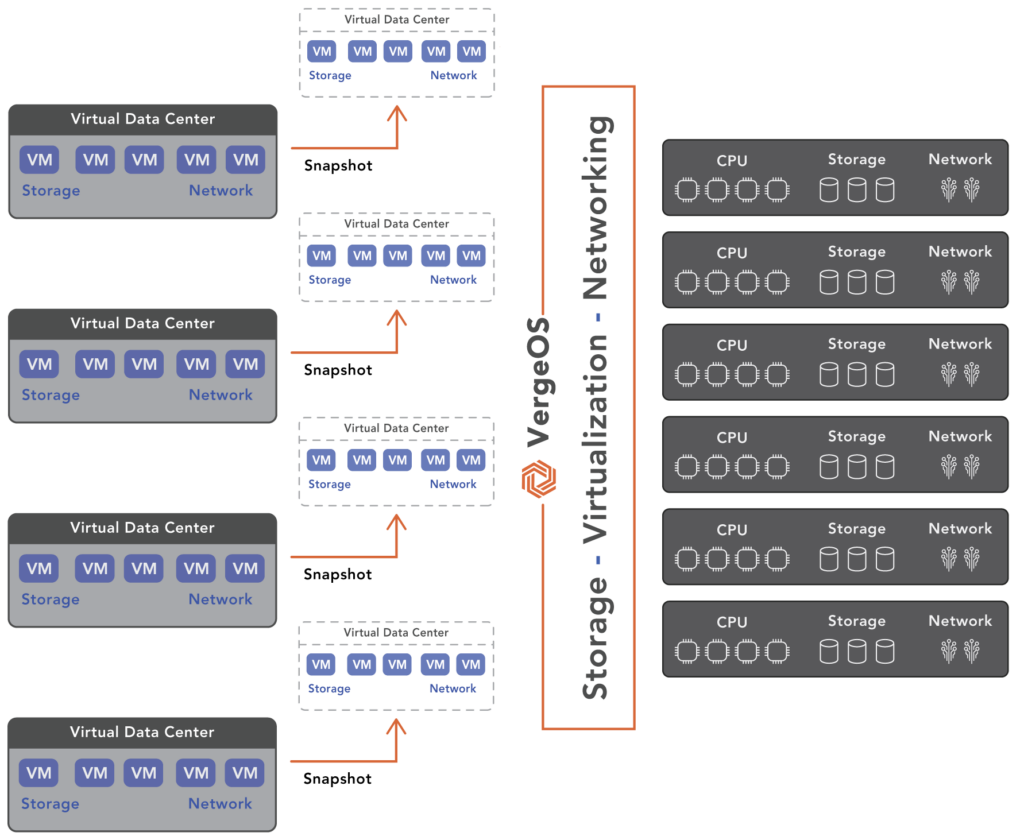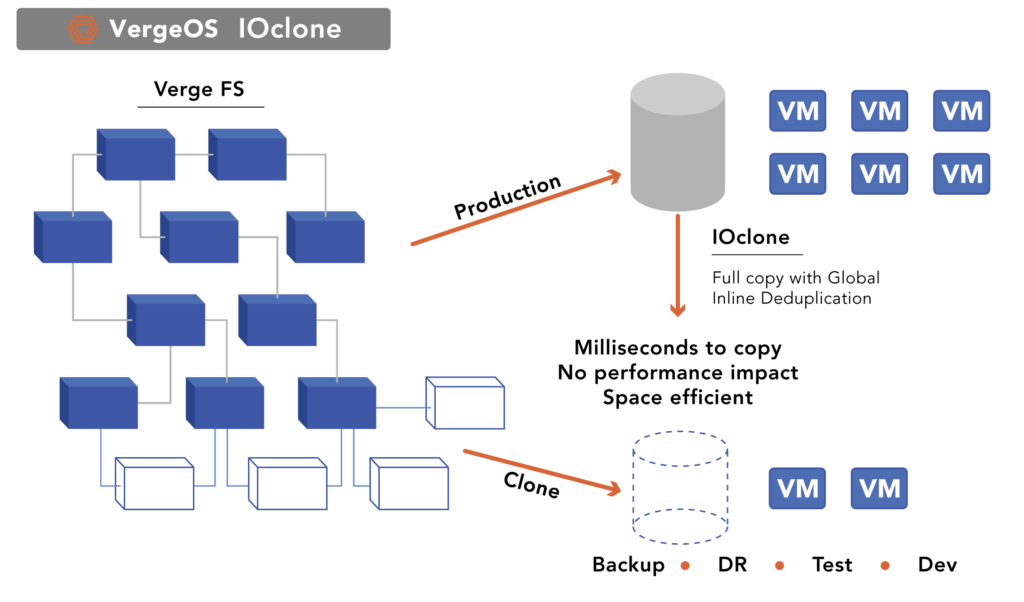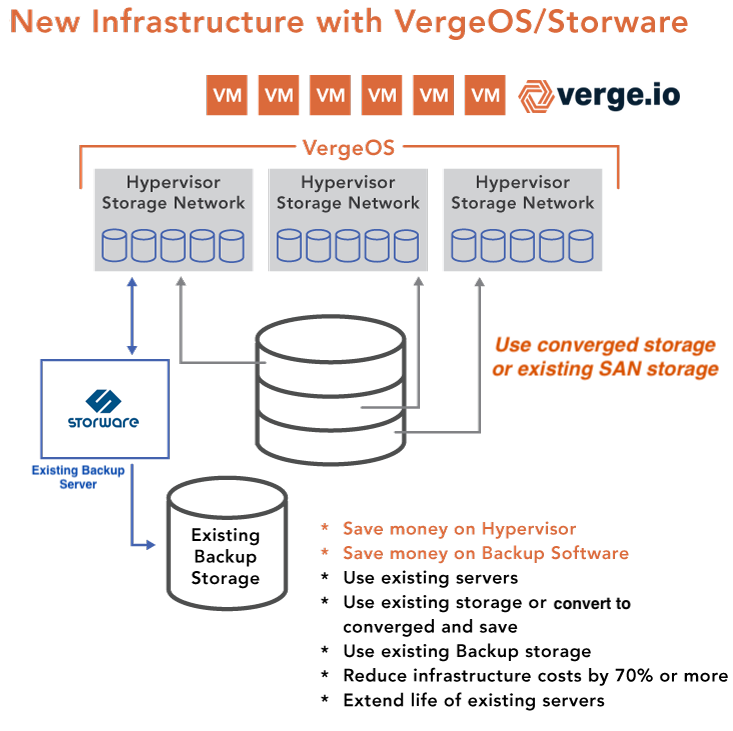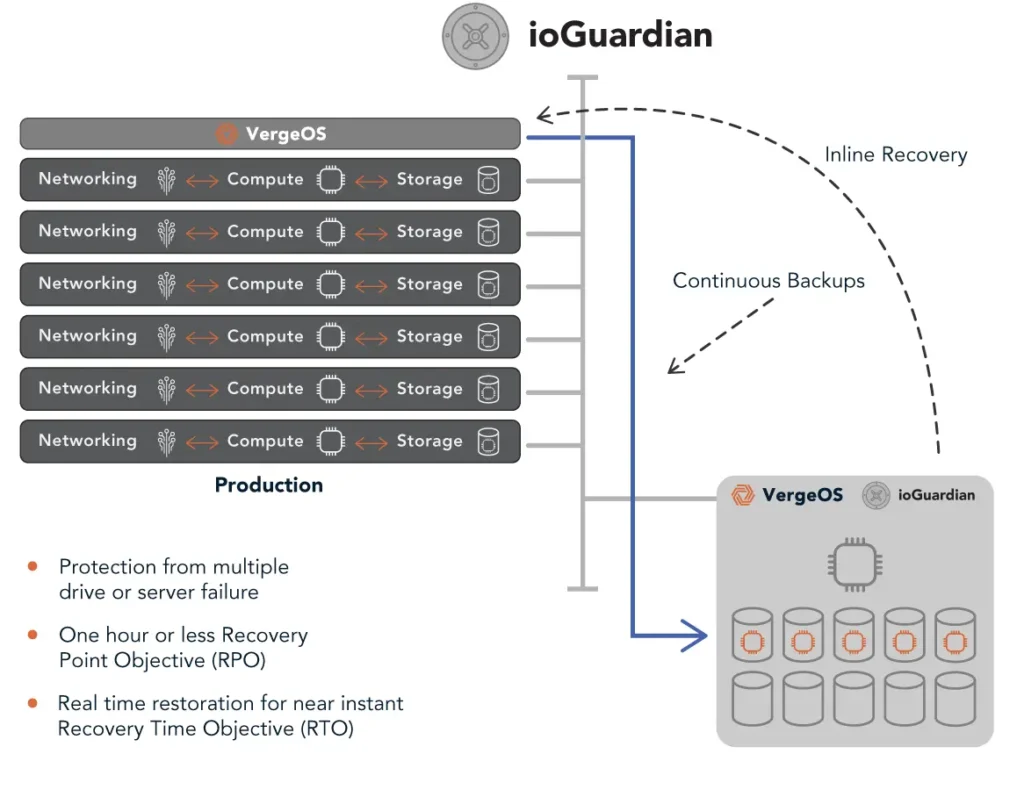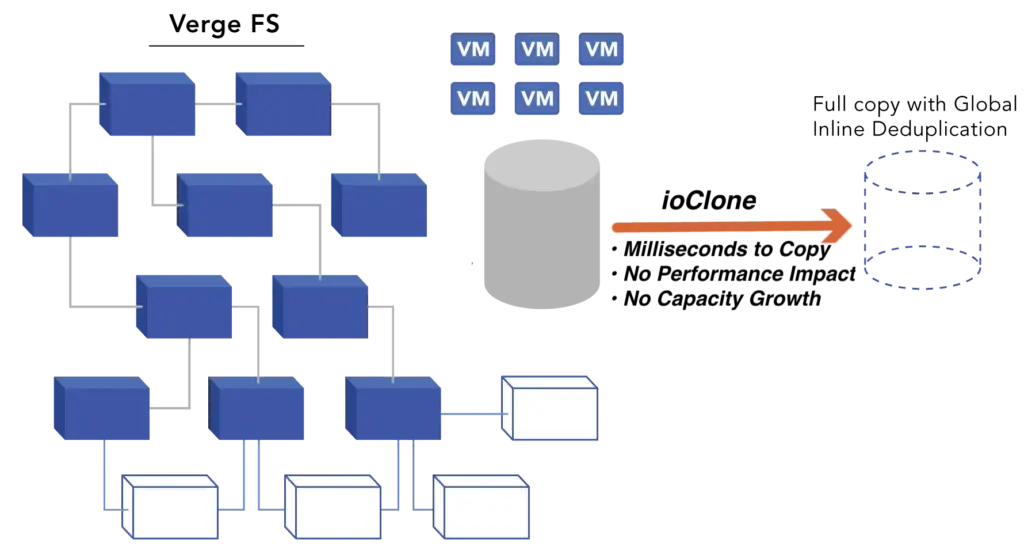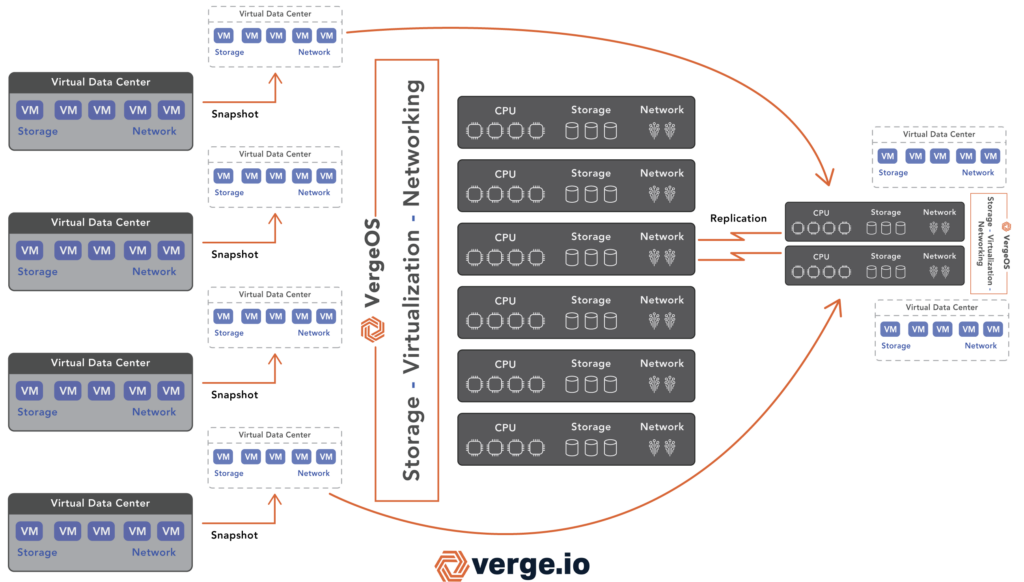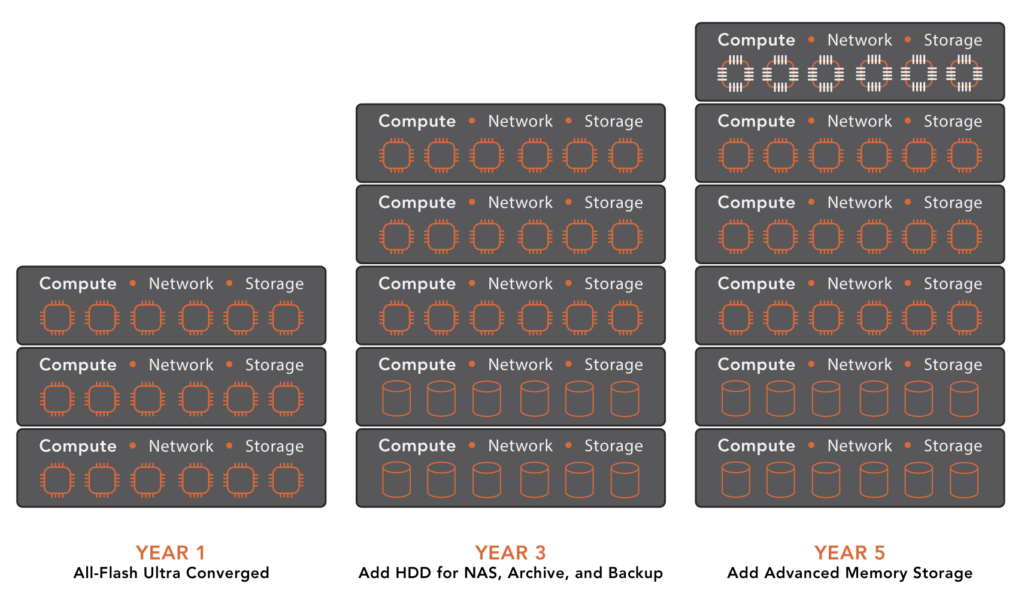As IT budgets tighten and infrastructure demands grow, organizations must scrutinize every technology investment, and maximizing storage refresh ROI (return on investment) while keeping the TCO (total cost of ownership) under control as a part of that process. One of the most expensive and disruptive refresh cycles in the data center is storage. IT teams have been locked into the buy, refresh, repeat model of purchasing dedicated storage arrays for decades, only to face another refresh cycle a few years later.
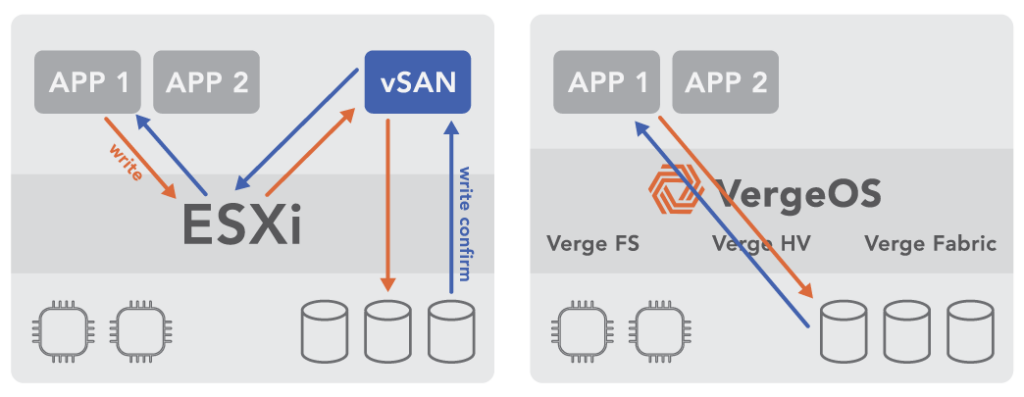
Many IT leaders have explored vSAN-based architectures to eliminate the cost and complexity of traditional SANs. However, maximizing storage refresh ROI using legacy vSANs from VMware and Nutanix falls short, often introducing new challenges such as hardware compatibility restrictions, performance bottlenecks, and high licensing fees. These solutions rely on storage software running as an application within a virtual machine under control of a hypervisor. As we discuss in our white paper “Comparing vSANs” These design decisions add unnecessary layers of complexity and inefficiency.
VergeFS, the storage component of VergeOS, is fundamentally different. Instead of treating storage as a second-class citizen within a hypervisor, VergeFS is fully integrated into the core of VergeOS, alongside virtualization and networking. This deep integration creates an Ultraconverged Infrastructure (UCI), eliminating the overhead of running storage in a VM, and delivering superior performance, scalability, and efficiency. VergeFS provides the benefits legacy vSANs promised but never fully delivered—true enterprise-class storage with radically lower costs, better performance, and seamless scalability.
The High Cost of Traditional SAN Refreshes
Replacing a SAN is one of the most expensive IT projects an organization can undertake. It requires new hardware, software licenses and migration services. Additionally, the downtime for deployment and cutover make maximizing storage refresh ROI almost impossible.
The costs of a traditional SAN refresh typically include:
- Expensive proprietary hardware – Dedicated storage arrays often require vendor-certified drives, controllers, and networking, significantly increasing upfront costs.
- Complex implementation and migration – Moving from one SAN to another is rarely seamless. The migration process introduces downtime, risks data loss, and increases IT labor costs.
- Scalability limitations – Scaling a SAN requires purchasing additional proprietary expansion units, often at a significant markup.
Despite these high costs, traditional SANs do not fundamentally change how storage is managed, meaning IT teams remain locked into high daily operation overhead and never-ending future refresh cycles.
Lowering TCO with VergeOS and VergeFS
Maximizing storage refresh ROI and lowering TCO is easy with VergeIO. VergeOS integrates storage directly into the virtualization layer using VergeFS, a high-performance, enterprise-class vSAN, unlike dedicated storage arrays. Instead of buying and deploying a separate SAN, IT teams can use existing servers to create a software-defined storage solution that eliminates the need for traditional storage arrays and provides a VMware exit at the same time, solving two IT problems with one solution.
Reducing Upfront Costs
With VergeOS, organizations can eliminate expensive SAN purchases. VergeFS allows IT teams to repurpose existing server hardware, dramatically reducing capital expenditures. Instead of purchasing new storage controllers, RAID cards, and expansion shelves, VergeOS transforms standard x86 servers, usually the ones running VMware, into a high-performance storage infrastructure without impacting application VM performance. Learn more about how VergeOS enables you to leverage your current VMware servers for both your storage refresh and VMware exit in our article “Use VMware Servers for Your Storage Refresh.”
Additionally, VergeOS supports commodity SSDs, meaning organizations can purchase storage at market prices rather than paying a premium for vendor-certified drives. For example, adding 100TB of all-flash capacity with standard SSDs costs up to 10 times less than buying an enterprise all-flash array.
Eliminating Licensing Fees
Traditional vSAN vendors charge separate fees for critical enterprise storage features, including snapshots, replication, deduplication, and high availability. VergeFS includes these capabilities natively, eliminating the need for costly add-ons, enabling IT to maximize storage refresh TCO. Organizations gain:
- Global inline deduplication to optimize storage efficiency
- VM-aware and Virtual Data Center aware snapshots for instant rollback and recovery
- Single-file recovery from within a snapshot
- Asynchronous replication for disaster recovery across sites
- Multi-tier storage support for performance and cost optimization with live VM migration between tiers.
These capabilities are all included within VergeOS, and no additional licensing is required.
Lowering Operational Expenses
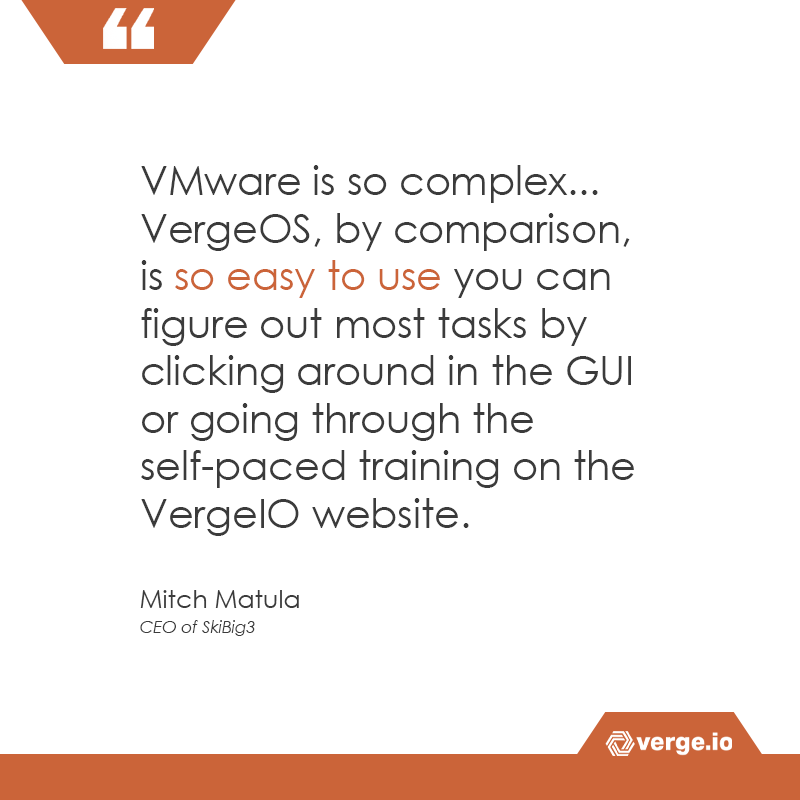
Beyond upfront savings, VergeOS significantly reduces the ongoing operational costs of managing storage.
- No dedicated storage management – VergeFS is fully integrated into VergeOS, allowing IT teams to manage storage, compute, and networking from a single interface rather than maintaining a separate SAN.
- Automated data resiliency – VergeOS eliminates RAID bottlenecks by using a distributed redundancy model, ensuring faster rebuild times and reducing the risk of downtime.
- Seamless scaling – Instead of forklift upgrades, organizations can scale incrementally by adding more drives or nodes without complex migrations.
- Granular Scaling — With VergeOS scale the resources you need when you need to. It supports storage-only, compute-only and GPU-only nodes.
By removing the administrative overhead of managing a dedicated SAN, organizations free up IT staff to focus on more strategic projects. To dive deeper into how VergeOS compares to dedicated storage arrays, download our latest whitepaper “Your Next Storage Refresh Should Be a vSAN.”
The ROI of Converging Storage and Virtualization
VergeOS’s real return on investment comes from its ability to eliminate two major IT expenses at once: SAN refreshes and VMware licensing.
- SAN replacement savings – No need to purchase a new storage array or pay per-terabyte licensing fees.
- VMware alternative savings – Organizations moving to VergeOS can eliminate costly VMware licensing, cutting virtualization expenses by 50 percent or more.
- Ongoing infrastructure cost reduction – VergeOS enables organizations to consolidate infrastructure, run workloads more efficiently, and eliminate unnecessary hardware.
For IT teams looking to maximize the value of their storage refresh, investing in VergeOS delivers long-term savings that a new SAN cannot match.
Future-Proofing Your Infrastructure
One of the biggest challenges with traditional SANs is their inflexibility. Most storage arrays are built around a single type of drive (e.g., all-flash), locking IT teams into specific storage media for years. However, storage needs evolve, and workloads increasingly demand different performance characteristics.

Moving data between drive types matters more than ever. VergeFS provides true multi-tier storage, allowing organizations to mix and match different drive types within the same infrastructure, including NVMe, TLC, QLC, and HDDs. IT teams can assign workloads to the appropriate storage tier and even live-migrate VMs between tiers as performance needs change.
This flexibility future-proofs the environment, ensuring organizations can use emerging storage technologies without another expensive forklift upgrade.
Conclusion: Don’t Buy Another SAN
Organizations planning their next storage refresh should consider alternatives to traditional SAN replacements. Instead of continuing the cycle of expensive storage arrays and licensing fees, IT teams should consider a UCI approach with VergeOS.
By replacing a dedicated SAN with VergeFS vSAN, organizations can:
- Eliminate upfront hardware costs by using existing servers
- Avoid high licensing fees associated with traditional SANs
- Reduce ongoing operational costs with an integrated management model
- Improve scalability and flexibility by mixing different drive types
- Future-proof storage infrastructure with a unified, high-performance platform
Ultimately, the best ROI comes from eliminating unnecessary expenses. VergeOS makes it possible to replace your SAN and VMware in one streamlined transition, delivering the lowest total cost of ownership and the highest long-term value.
Before committing to another costly storage array, explore how VergeOS can help you permanently break free from the SAN refresh cycle, schedule a technical whiteboard session with one of our experts now.



